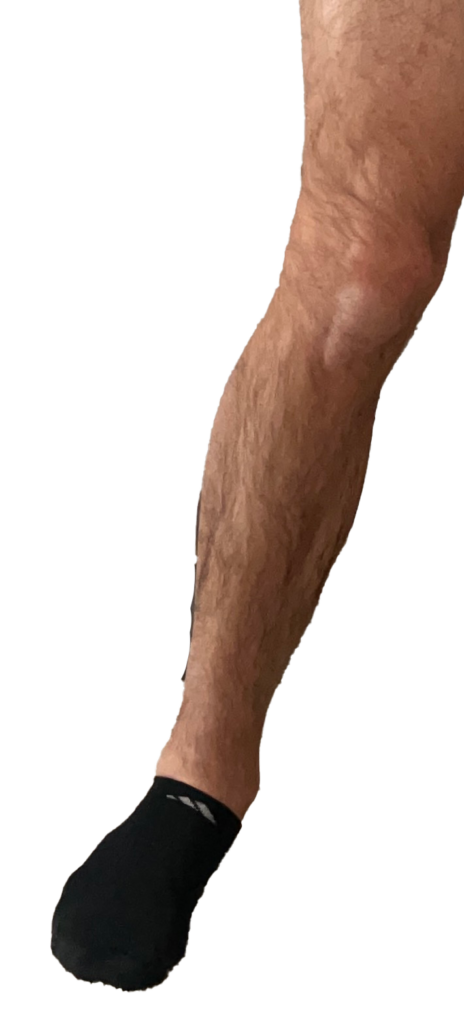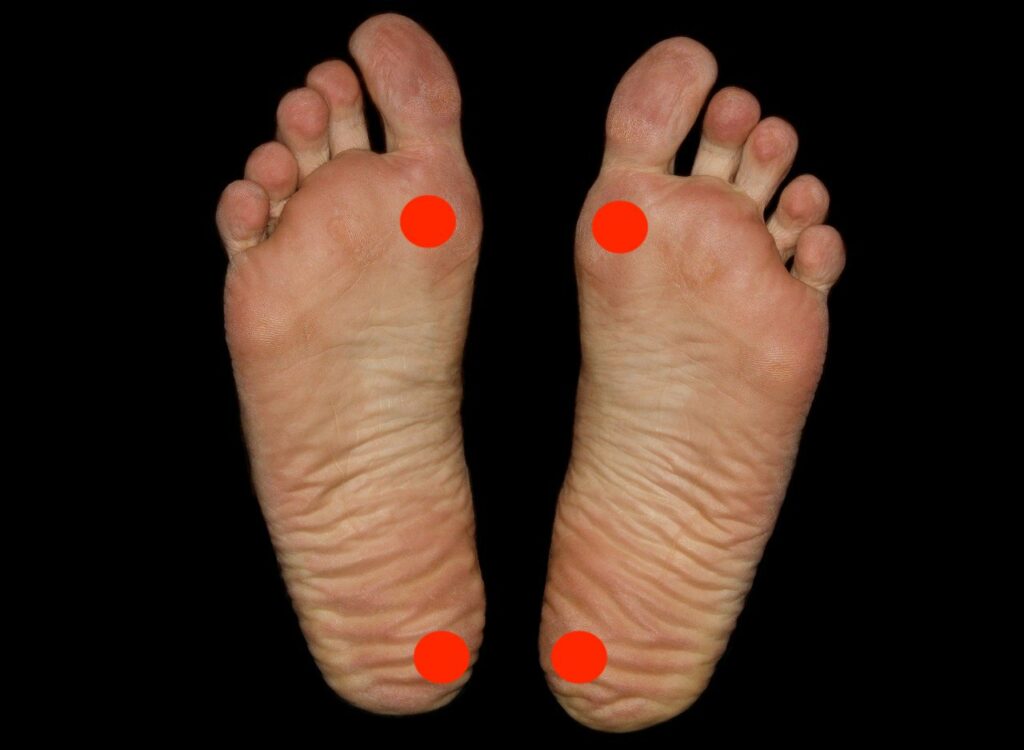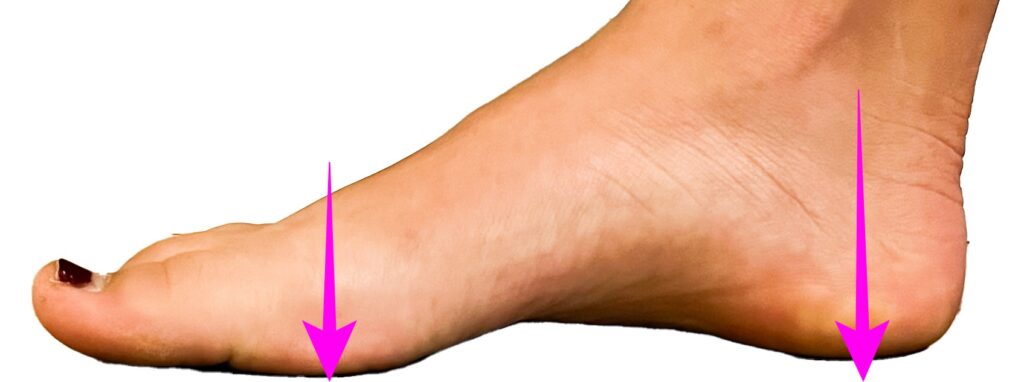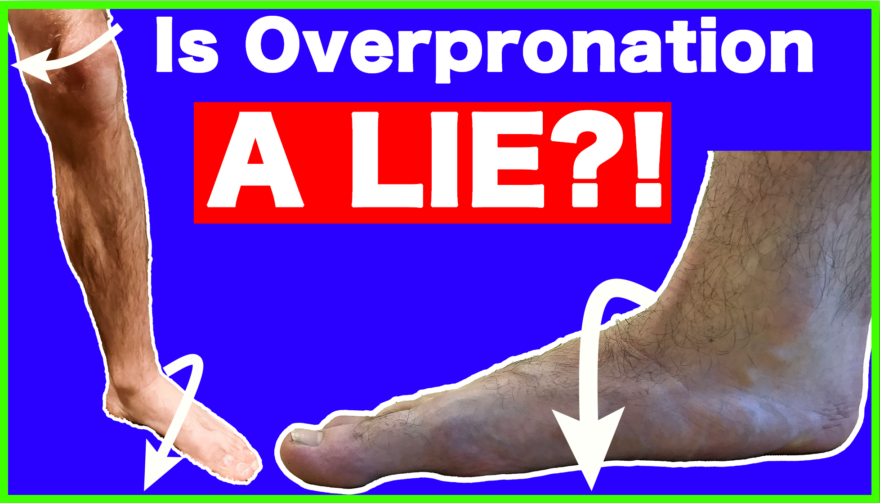Table of Contents
You MUST pronate, here’s why
Think you’re a victim of overpronation – the evil villain in the world of foot mechanics?
Think again.
I’m here to expose the truth…
Overpronation is nothing more than a myth!
In this blog, you’ll learn why that is and why you actually need to learn how to pronate well.
Let’s dive in.
Pronation: The Good Guy
Contrary to popular belief, pronation is a normal and necessary part of the gait cycle. It helps absorb shock and allows you to move forward with ease.

This action occurs during mid stance, as we transition our weight from the heel towards the big toe base.
So don’t believe the hype – pronation is not the enemy.
The Overpronation Myth: Busted!
Now, I know what you’re thinking – “But I’ve been told I’m an overpronator! What gives?”
Well, let me tell you – the amount of pronation that occurs at the foot is actually quite small. If the foot looks like it’s pronating too much, there’s something else going on.
That something else is the entire leg collapsing inward. This movement causes the foot to tip (or orient) inward. Often, this action coincides with:

- Knee caving inward
- Anterior pelvic tilt
The crazy part? These actions occur because the foot cannot pronate. It acts to make up for a deficit in normal foot pronation.
The fix? Learning how to actually pronate the foot.
Here’s how.
How to Properly Pronate Like a Pro
Now that the overpronation myth is out of the way, let’s learn how to get pronation to stay.
It’s actually quite simple. Here are the steps:
1. Place your foot flat on the ground
When this happens, you should create pressure through two places:

- Medial (inner) heel
- 1st metatarsal head (big toe base)
If you tend to curl your toes up, you can fix that by:
- Getting the inner heel first by lifting the front of the foot off the ground
- Placing the foot on a ramp
If you tend to scrunch the toes, fix that by:
- Getting big toe base first by lifting the heel off the ground
- Elevating the heel only
2. Apply downward pressure through the two foot points

3. Transition weight from inside heel to big toe base by moving the knee forward
You can practice pronation with almost any exercise, but the easiest place to start is in hooklying:
From there, a step-through is one of the better standing drills:
If you really want a challenge, practice this action during split squats:
Sum up
In conclusion, don’t fall for the overpronation myth. Pronation is a normal and necessary part of the gait cycle, so don’t be afraid to embrace it.
Make sure to drive this movement as I taught you above, and you ought to be in bidness!
Were you able to sense pronation? Comment below and let us know!
Photo credit
Thumbnail: Gzzz

